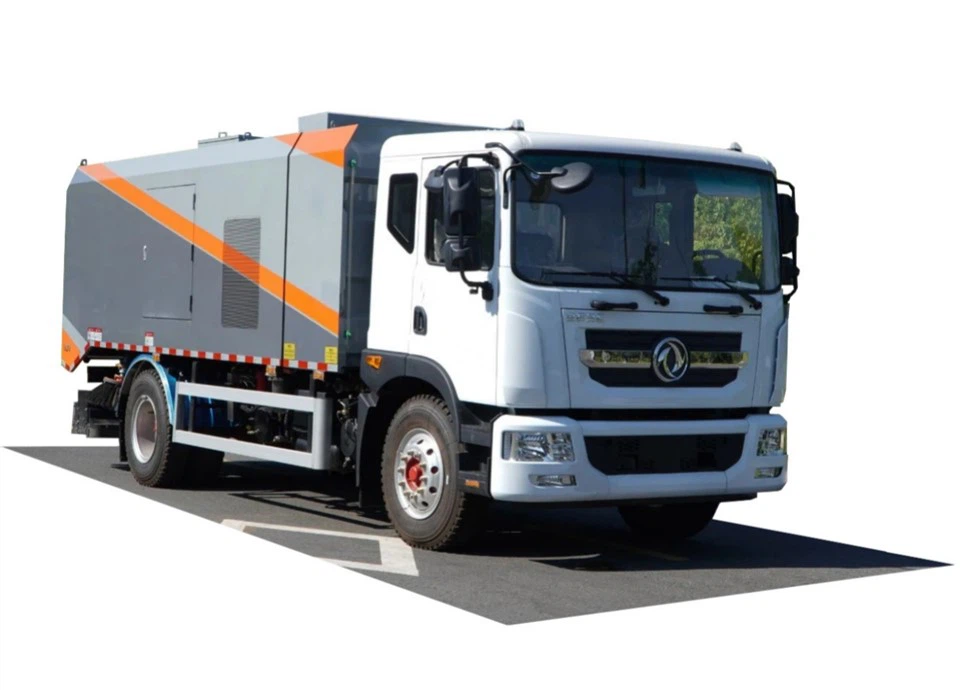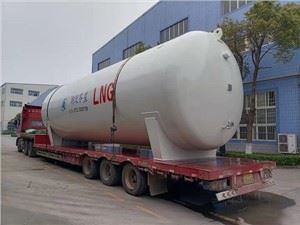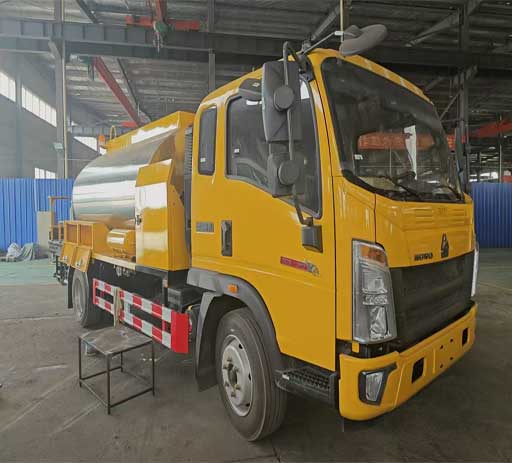Understanding Assy in China: A Comprehensive Guide

The term “assy” in the context of China often refers to the assembly process, particularly in manufacturing and production industries. As a global leader in manufacturing, China plays a pivotal role in assembling a wide array of products for various sectors, including electronics, automotive, and consumer goods. This article delves into the various aspects of the assembly process in China, exploring key components, advantages, challenges, and practical insights for businesses looking to engage with Chinese manufacturers.
What is Assy in China?
Assy, short for assembly, denotes the process of putting together various components to create a final product. In China, this term encompasses several industries, notably electronics, automotive parts, and general manufacturing. It signifies not just the physical assembling of parts but also the logistics, quality control, and supply chain management that come along with it.
The Importance of Assembly in Manufacturing
Assembly is a critical phase in manufacturing that affects product quality, time-to-market, and overall profitability. In China, the assembly line is often coupled with advanced technologies and skilled labor, allowing for a faster and more efficient process.
The Scope of Assembly in China
1. Electronics Assembly
China is the world’s largest producer of electronics, from smartphones to laptops. Major companies like Apple and Samsung rely on Chinese manufacturers to assemble their products due to the country’s vast labor pool and advanced supply chain networks.
Key Features of Electronics Assembly
- Use of Automated Machinery: Many assembly lines use robotics to enhance precision and efficiency.
- Quality Control Measures: Strict quality standards ensure each product meets international specifications.
- Skilled Workforce: Workers are often trained in specific assembly techniques to maintain quality.
2. Automotive Assembly
The automotive industry in China is rapidly advancing, with several international and domestic companies establishing assembly plants. The country not only assembles vehicles but also produces some components locally, significantly reducing costs.
Example: Tesla’s Gigafactory
Tesla’s Gigafactory in Shanghai represents a significant investment in assembly operations in China. It assembles battery packs and electric vehicles, catering to the growing demand for eco-friendly transportation.
3. Consumer Goods Assembly
From furniture to apparel, consumer goods assembly in China is expansive. Companies can leverage low labor costs while maintaining quality through efficient assembly processes.
Challenges in Consumer Goods Assembly
- Supply Chain Disruptions: Global supply chain issues can affect the timely assembly of goods.
- Intellectual Property Concerns: Companies must guard their designs and technologies when outsourcing production.
How Assy Works in Practice
1. The Assembly Line Process
The assembly line in China generally follows a systematic process that enhances productivity. Here’s how it works:
| Stage | Description |
|---|---|
| Preparation | Gathering all necessary components and tools for assembly. |
| Assembly | Putting together various parts, often in a sequential manner. |
| Quality Inspection | Inspections at various stages to ensure each product meets standards. |
| Packaging | Final products are packaged for shipment after passing quality checks. |
2. Technology Integration
Modern assembly lines in China leverage technology to enhance speed and accuracy:
- Robotic Automation: Robots are increasingly used for repetitive tasks, minimizing human error.
- IoT Devices: Internet of Things (IoT) technologies help monitor assembly lines, predict issues, and optimize operations.
- Data Analytics: Advanced analytics are utilized to analyze productivity and streamline processes.
Advantages of Assembling in China
1. Cost Efficiency
One of the primary reasons companies opt for assembly in China is the significantly lower labor costs compared to Western countries. This allows for higher profit margins when products are sold.
2. Skilled Labor Force
China has invested heavily in technical training, creating a skilled workforce proficient in various manufacturing techniques. This ensures high-quality assembly within shorter timeframes.
3. Advanced Infrastructure

The infrastructure in China, including transportation and logistics, facilitates efficient movement of materials and finished products, contributing to streamlined assembly processes.
4. Government Support
The Chinese government actively promotes manufacturing through policies and incentives, making it easier for companies to establish assembly operations.
Challenges of Assembling in China
1. Language Barriers

Language differences can lead to miscommunication between international companies and local manufacturers, potentially affecting the quality and timelines of assembly processes.
2. Quality Control Issues
Maintaining consistent quality can be challenging, particularly when working with multiple suppliers and assembly plants. It is crucial to implement strict quality assurance processes.
3. Ethical Concerns
There are ongoing concerns regarding labor practices in certain regions of China. Companies must ensure their partners adhere to ethical labor standards.
Practical Tips for Businesses Engaging with Chinese Assembly
1. Conduct Thorough Research
Before partnering with an assembly plant, conduct detailed research on the manufacturer’s reputation, experience, and quality control measures. Reviews and references can provide valuable insights.
2. Develop a Robust Contract
Clearly outline the terms of the agreement, including expected quality standards, timelines, and penalties for non-compliance. A well-structured contract protects your interests.
3. Implement Quality Assurance Protocols
Regularly audit the assembly line processes and perform quality control checks at various stages of production. This helps identify issues early and ensures compliance with standards.
4. Foster Strong Communication
Establish clear channels of communication with your partners. Regular updates and meetings can help mitigate misunderstandings and improve the overall assembly process.
5. Consider Local Partnerships
Partnering with local firms can provide additional insights and ease the communication challenges that often arise in international business dealings.
Future Trends in Assembly in China
1. Increased Automation
As technology continues to advance, more assembly lines in China will adopt automation, leading to faster production times and reduced human error.
2. Sustainable Practices
With growing environmental concerns, assembly plants are increasingly focusing on sustainable manufacturing practices, including reducing waste and energy consumption.
3. Reshoring Trends
Some companies may consider reshoring their assembly operations back to their home countries due to rising labor costs in China and geopolitical tensions. However, for many, China will continue to be a key player in global assembly.
FAQs About Assembly in China
1. What are the benefits of assembling in China?
The primary benefits include cost efficiency, access to a skilled labor force, advanced infrastructure, and government support for manufacturing.

2. How can I ensure quality in assembly when working with Chinese manufacturers?
Implement regular audits, establish clear quality standards, and maintain open communication to monitor quality assurance throughout the assembly process.
3. Are there any risks involved in assembly in China?
Yes, risks include language barriers, quality control issues, and potential ethical concerns related to labor practices. Diligent research and planning can mitigate these risks.
4. What industries are most commonly associated with assembly in China?
Key industries include electronics, automotive, consumer goods, and machinery manufacturing.
5. How do I find reliable assembly partners in China?
Thorough research, referrals from industry colleagues, and participation in trade shows can help identify reliable assembly partners.
6. What role does technology play in the assembly process in China?
Technology enhances efficiency and accuracy through automation, IoT for monitoring, and data analytics for process optimization in assembly lines.
